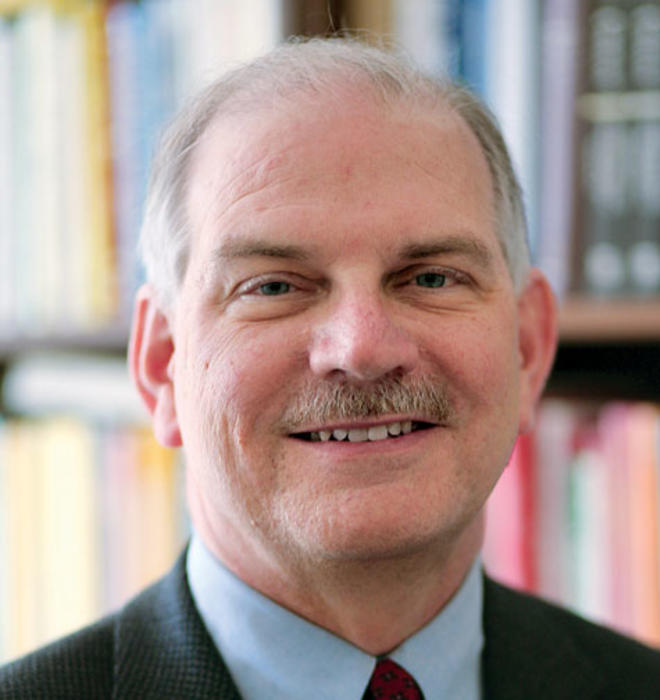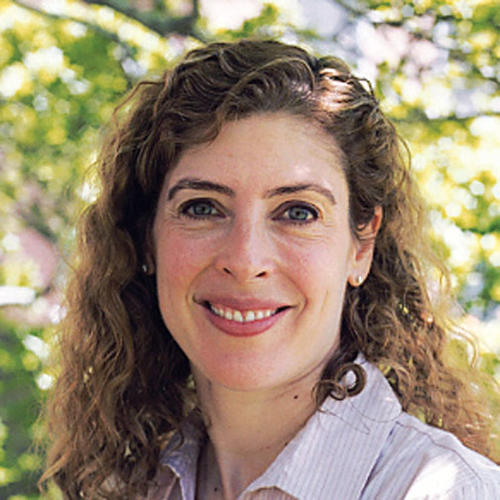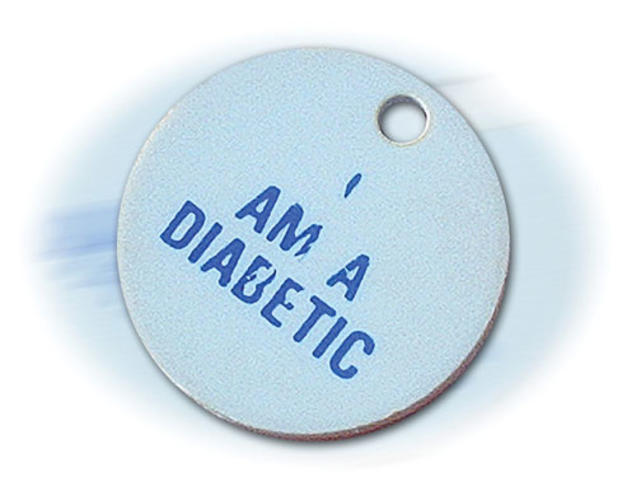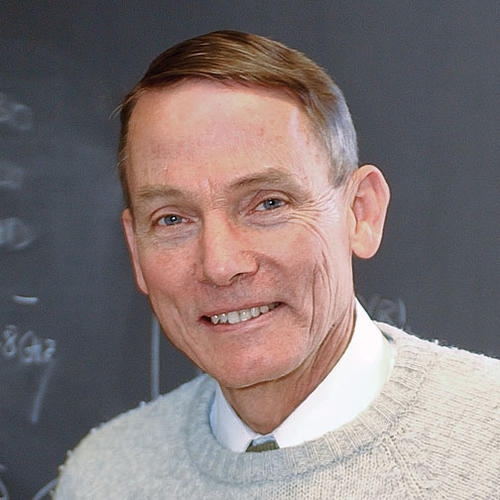
From Princeton labs to you
How today’s research could change the way you drive home, and more
From communications to medicine and structural design to transportation, Princeton researchers pursue projects that one day could transform aspects of daily life. Here, PAW profiles seven examples of work taking place at the University.
H. VINCENT POOR *77, dean of the School of Engineering and Applied Science and Michael Henry Strater University Professor of Electrical Engineering
When his hectic travel schedule made scheduling a conversation with PAW a challenge, it was fitting that wireless-technology expert Vince Poor first responded to questions with a note from his iPhone en route to Ulm, Germany (where he was headed to deliver a lecture on security in wireless networks), and later with e-mails from his laptop, sent via a WiFi network on a train bound from Heathrow to Paddington, in London.
TODAY: More than half of the world’s population use cell phones, with numbers continuing to rise, especially in Asia. And they’re not just talking. People are using phones for e-mail, watching TV, and conducting financial transactions. At the same time, the availability of WiFi networks is exploding and wireless sensor systems increasingly are being used for environmental monitoring and security.
“All of this adds up to an explosive demand for new capacity in wireless networks,” Poor says. “Since wireless transmission takes place in the radio spectrum, the useful portion of which is limited, meeting this demand is extremely challenging.”
TOMORROW: The goal of much wireless research, including Poor’s, is to develop new techniques that improve the capacity of wireless networks. Both cellular and broadband wireless networks will benefit from smart, or cognitive, radio systems that Poor is working on, which take advantage of opportunities to use “white space” in the radio spectrum — the unused frequencies that lie between assigned channels.
This will make it easier and faster for people to connect to the Internet using portable devices, including laptops and cell phones. It also will bring more technical capabilities into the home — for example, you would be able to send video wirelessly from your computer to your television screen.
Another avenue of research involves security. No one wants his or her latest stock purchase or money transfer to end up in the wrong hand-held device. So Poor is designing new ways to secure wireless networks that capitalize on the inherent properties of wireless transmissions, such as the way in which signals are scattered en route to their destination.
WHEN: In November, the Federal Communications Commission authorized the public use of white space, paving the way for systems that capitalize on this newly available bandwidth. Poor says the earliest smart-radio products could be on the market in 18 months, though systems that make use of the full capability of cognitive radio likely will take longer. The security work is further off, though Poor says recent prototypes suggest the technology could advance rapidly.
MARIA GARLOCK, assistant professor of civil and environmental engineering
The horrific collapse of the Twin Towers on Sept. 11, 2001, which occurred one year before Maria Garlock joined the Princeton faculty, inspired her work on fire-resistant steel structures. “I realized the whole phenomenon of [how fire causes stresses on structures] wasn’t well understood, and I wanted to come up with recommendations that might help prevent similar tragedies from occurring in the future,” she said.
TODAY: Current design methods for fire resistance are prescriptive, meaning that the “fire rating” of a structure is based on how long it takes for the steel beams or columns to reach a given temperature. But these ratings don’t take into account how structures will respond to the forces they could encounter during fires. For example, high temperatures can lead to failures in the connections between the horizontal beams and vertical columns. Since beams expand under extreme heat, and then contract when they cool, the force generated can rip the bolts out of the connections and result in partial floor collapses. Additionally, the columns in the perimeter of steel buildings can be deformed when they experience excessive heat on one side and cool air on the other.
TOMORROW: Garlock is developing performance-based design recommendations that predict how the beams and columns will behave under realistic fire conditions and improve the structural response. For example, she and her collaborators at Michigan State University are examining whether enlarging the bolt holes in the connections could prevent dangerous floor collapses by allowing beams to move more freely as they expand and contract.
WHEN: Experimental tests on columns are under way at Michigan State, and tests on steel connectors will begin within a year. “We hope that this work will make its way into the construction of buildings within the next few years, but it is hard to tell,” Garlock says. “In general, the industry is reluctant to change.”
SIMON LEVIN, George M. Moffett Professor of Biology and acting chairman of ecology and evolutionary biology; WILFRED NDIFON, graduate student in ecology and evolutionary biology; NED WINGREEN, molecular biology professor; JONATHAN DUSHOFF *97, visiting research collaborator in ecology and evolutionary biology
If you ever had a flu vaccination only to get the flu that same year, you’ve experienced a harsh reality: All too often, the shot doesn’t do its job.
TODAY: There are hundreds of flu strains, which can be organized into types A, B, and C. When epidemics occur, they usually are caused by a certain Type A subtype, called H3N2, but they occasionally are caused by another Type A subtype, H1N1, or by a Type B strain.
Each year, the flu vaccine contains one inactive strain from each of these three categories.
Using information called antigenic data that describes the relationship between flu strains, scientists attempt to select strains for the vaccine that will protect against similar strains that are not contained in the vaccine.
The World Health Organization has “a monopoly” on selecting which strains will be included in the flu vaccine each year, according to Wilfred Ndifon, a fifth-year graduate student in Simon Levin’s lab. “The problem is that many times they don’t choose the correct strains, including three out of the past five years when the vaccine has been suboptimal,” he says.
TOMORROW: The Princeton researchers developed a computational approach that filters out unnecessary information in antigenic data and discriminates more accurately among virus strains. They also developed a way to predict how well a vaccine containing one strain will protect against infection by another strain. This newfound understanding suggests ways to design vaccines that could offer more effective protection against influenza than is provided by current vaccines.
WHEN: Patent protection is pending on the vaccine work, according to Laurie Tzodikov in Princeton’s Office of Technology Licensing and Intellectual Property.
The work of Levin and his students — including Ndifon, Dushoff, Joshua Plotkin *03, and Sergey Kryazhimskiy *08 — has helped the scientists better understand evolution of the flu virus and “interrelationships among the hundreds of strains that have been reported in the last several decades,” Levin says. And that, he notes, can “help inform the selection of vaccines, and ultimately, we hope, lead to reductions in morbidity and mortality.”
ALAIN KORNHAUSER *71, professor of operations research and financial engineering and director of the Program in Transportation
If Alain Kornhauser has his way, someday soon a car will pass the road test to obtain a New Jersey driver’s license — without a driver. His research, along with work by the Princeton Autonomous Vehicle Engineering group, an undergraduate student-led research team, seeks to make the cars of the future smarter.
TODAY: Cars are equipped with all sorts of electronic devices, from personal navigation units to systems that determine traction by measuring friction with the road surface. But these devices don’t communicate with one another, which Kornhauser sees as a lost opportunity to make use of valuable information.
TOMORROW: Kornhauser is working to develop ways for personal navigation devices to communicate with each other, so they would know ahead of time where traffic jams are and recommend routes for the driver to avoid these snags. “Ultimately, this will help people make better transportation decisions, thus making better use of the highway and mass transit infrastructure,” he says.
Someday, cars should be able to “chat” with one another about what they’re experiencing, according to Kornhauser. “If my vehicle is entering a slippery area, it should know before it hits the strip of ice,” he says. “It should know a half-mile before I get there — a car a half-mile ahead just experienced it.”
WHEN: Several companies, including ALK Technologies, a company founded by Kornhauser, have created turn-by-turn navigation software that runs on advanced mobile phones. While these smart phones have the technical capability to share navigation information, they are rarely used for that purpose — right now. These real-time systems use a central server to compile information about different users’ locations and routes, so that an individual phone will receive information about the congestion level ahead and then pick the best route for the driver. Kornhauser expects the technology to be commonplace in five years or so.
Cars that share traction information are further off, Kornhauser says. Right now, navigation devices that are not built into cars do not interface with the vehicles’ data sensors, and built-in navigation systems that do connect with these sensors don’t have the ability to communicate with navigation devices in other vehicles. “Some nasty little details that would seem to be so easy need to be overcome before this seemingly simple and valuable concept can be seriously tested,” he says.
RON WEISS, associate professor of electrical engineering
Diabetes might seem a strange research focus for an electrical engineer and computer scientist, but Ron Weiss would beg to differ. It’s all about programming, but instead of writing code for computers, Weiss is inserting snippets of DNA into cells that one day may be used to treat diabetes.
TODAY: In patients with Type I diabetes, the immune system attacks the body’s own pancreatic beta cells, which are responsible for producing insulin, the hormone that allows cells to metabolize glucose for energy. There is no cure for the disease, which often is treated with regular insulin injections.
TOMORROW: “The goal of the work is to create a system where genetically engineered stem cells can be put inside a diabetic patient to differentiate into pancreatic beta cells that produce insulin and allow the patient to metabolize glucose,” Weiss says.
It’s not a simple process. The engineered stem cells need to be able to communicate with cells around them and decide when more beta cells are needed, at which point some of them — but not all — will differentiate into insulin-producing cells. The complete system would include 25 genes. Now, only one or two genes are ever put into animals at a time, so this work would be “a huge step in complexity,” says Weiss.
WHEN: Weiss’ research team is making great headway. Researchers there are the first to instruct stem cells to differentiate into beta cells (in a petri dish) using only a genetic program, a feat accomplished by mimicking the natural biological differentiation process that takes place during embryonic development. Many of the other system components are also up and running — the emphasis now is on putting them all together. Use of the complete system to treat diabetes is many years off, but advances made along the way also may inform the development of approaches to treat other conditions.
JEFFREY SCHWARTZ, professor of chemistry; JEAN SCHWARZBAUER, professor of molecular biology
Ten years ago, Jeffrey Schwartz consulted a doctor about some back problems he was experiencing. During the visit, the conversation turned to how it can be difficult or impossible for living cells to adhere to bioimplants, like steel rods or artificial hips, which can lead to all sorts of problems. “I realized that this is just a surface organic chemistry problem,” Schwartz says. Fortunately, this was Schwartz’s area of expertise.
TODAY: Many materials used for bioimplants are not particularly conducive to cell growth. This can result in the development of gaps between live cells and implants, or a failure to grow essential tissue on the implant. Both problems could necessitate replacement implants down the line.
TOMORROW: Schwartz and his colleagues, including Jean Schwarzbauer and doctors at New York City’s Hospital for Special Surgery, have developed ways to coat the surfaces of bioimplants, including titanium and a hard plastic called PEEK used in orthopedic and cardiovascular implants, with organic materials that are friendly for cell growth. In the case of PEEK, this results in a tenfold increase in cell growth. The researchers also are working on a National Football Foundation-funded project to design a new anterior cruciate ligament (ACL) implant (the ACL is a knee ligament commonly torn by athletes). The goal is to create patterns of materials on synthetic ligaments to which cells can adhere. This might influence the growth of living cells and provide a scaffold to integrate the artificial ligament into the adjoining bones.
WHEN: With their PEEK work, Schwartz and the others expect to perform in vivo tests on animals within the next four months. If these tests are successful and regulatory processes proceed smoothly, he says, a product could be available in about a year. The ACL work is progressing as well, and in vivo animal tests on that project could begin in about 12 months.
WILLIAM HAPPER *64, Cyrus Fogg Brackett Professor of Physics; YUAN-YU JAU *05, instructor in physics
Technology enables people with GPS receivers to determine their precise location, anywhere in the world, using signals from satellites orbiting overhead. But if some of these signals are blocked by, say, city skyscrapers or rugged mountain terrain, it doesn’t always work.
TODAY: GPS units receive signals sent from satellites and calculate how long it took for the signals to reach the receiver to figure out distance from the satellites. Determining location requires incredible time precision — on the order of nanoseconds — but GPS units don’t contain clocks that are this accurate. So, current systems require signals from four satellites — three are used to determine latitude, longitude, and altitude, and one provides a time signal to measure precisely how long it took for the signals from the other three satellites to reach the GPS receiver.
TOMORROW: Researchers in the lab of William Happer are developing ways to create miniature “atomic clocks” that rely on the oscillations of atoms to keep time and are small and inexpensive enough to be incorporated into handheld GPS receivers. This work, much of which is done in collaboration with researchers at Sarnoff Corp., strives to eliminate factors that can make atomic clocks run a little too fast or too slow, such as when oscillating atoms “stick” to other nearby atoms and then vibrate at a slightly different frequency.
Incorporating atomic clocks into receivers would eliminate the need for that pesky fourth time-synchronization signal, making it more likely that people who need GPS the most — a hiker lost in rugged terrain or a tourist navigating unfamiliar city streets — would be able to make use of it, since they’d need to be within sight of one less satellite.
WHEN: “The speed of development really depends on urgency, and there is no urgency now,” Happer acknowledges. “I would guess that if some organization in government or business urgently wanted to develop a clock that would fit in hand-held devices, and was willing to provide the resources, it could be done in one or two years.”
Hilary Parker ’01 is a freelance writer living in Princeton.



















No responses yet